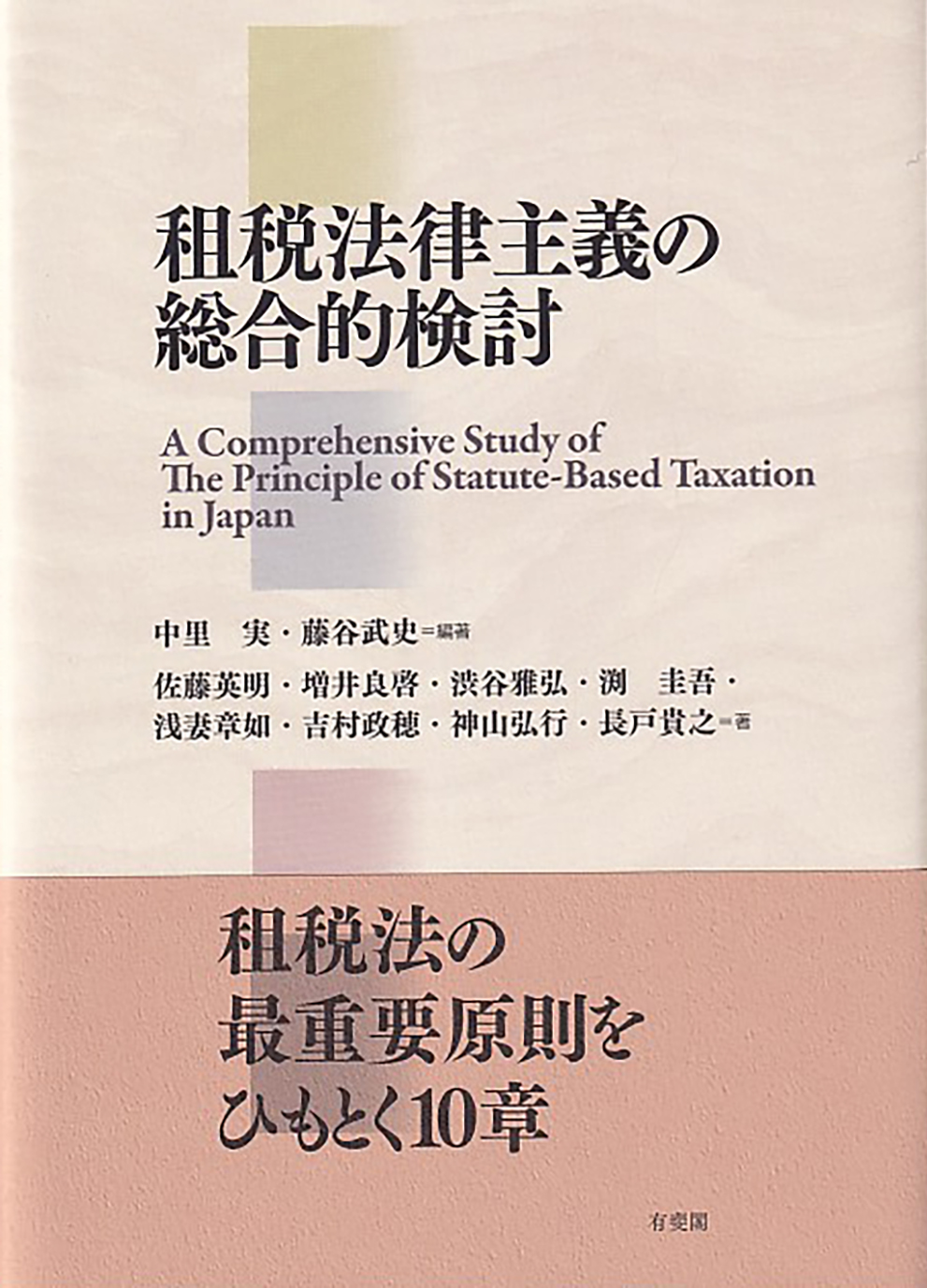
Title
Virtues and Fallacies of VAT: An Evaluation after 50 Years
Size
678 pages
Language
English
Released
August 01, 2021
ISBN
9789403524238
Published by
Kluwer Law International, Wolters Kluwer
Book Info
See Book Availability at Library
Japanese Page
Value Added Tax (“VAT”) was first implemented about 50 years ago, beginning with Denmark in 1967, France and Germany in 1968, and the Netherlands in 1969. It spread worldwide rapidly. In Japan, the Consumption Tax Law was enacted in 1988 and a unique Japanese VAT has been in operation since 1989. Today, with the exception of the United States, VAT is a major source of tax revenue in almost every country in the world.
This book reviews the global experience regarding VAT. It reflects on what works, what does not work, and what works but not well enough. The book is intended to serve as a guide to tax policy development in the area of VAT, which is as good as technically and politically possible.
The first part of the book addresses 16 technical issues of particular importance in evaluating the merits and demerits of VAT. It covers issues that are fundamental to the design of the VAT system, such as revenue performance, neutrality, rate policy, exemptions, compliance, tax gap, and fraud. It also provides an in-depth examination of interesting issues regarding the application of VAT, including ex-post adjustments, vouchers, holding companies, below-cost supplies, and contributions in kind. In addition, the book devotes individual chapters to issues related to international transactions, including transfer pricing, fixed establishment, and digital cross-border supplies.
The second part of the book consists of six country reports. The countries covered include New Zealand, the birthplace of a “modern” VAT; Japan, which operated a VAT that did not require an invoice; China, which operates a VAT in a transitional economy; Colombia, a developing country representing Latin America; Ethiopia, a developing country representing the African continent; and India as the most recent developing economy to introduce a VAT at the federal level. The book draws on the experiences of countries worldwide, including emerging economies as well as EU member states which have a wealth of precedents regarding VAT.
The chapter on Japan describes the experience from 1989 to 2019. Japan has implemented a unique VAT that does not require an invoice, unlike the VATs of other countries. Despite its deviation from the global standard, its VAT Revenue Ratio (“VRR”) has consistently been higher than the average among the OECD. The chapter focuses on the structural factors that explain this performance.
(Written by MASUI Yoshihiro, Professor, Graduate Schools for Law and Politics / 2022)
Table of Contents
Part I: Technical Topics
Chapter 2 Revenue Performance Pierre-Pascal Gendron
Chapter 3 Neutrality v. Equality Christian Amand
Chapter 4 Rate Policy: Evaluating the Arguments for a Single v. Multiple Rates Robert F. van Brederode
Chapter 5 Exemptions in VAT: A Theoretical Overview of Traditional and Newer VAT Systems Christian Knotzer & Sebastian Pfeiffer
Chapter 6 Counting the Costs of VAT Compliance Chris Evans & Richard Krever
Chapter 7 VAT Gaps in Developing Countries: Measurement, Administration, and Politics Pierre-Pascal Gendron & Richard Bird
Chapter 8 Susceptibility to Fraud Robert F. van Brederode
Chapter 9 Value Added Tax Adjustments Kathryn James & Karoline Spies
Chapter 10 Transfer Pricing Kathryn James & Karoline Spies
Chapter 11 Vouchers and VAT Jeroen Bijl
Chapter 12 The Evolving Concept of Fixed Establishment in EU VAT Law Aleksandra Bal
Chapter 13 How Are Holdings Holding on with VAT? Charlène Herbain & Christopher Thompson
Chapter 14 VAT Refunds in Developing Countries Marius van Oordt
Chapter 15 Digital Cross-Border Supplies Simon Thang & Nicolas Shatalow
Chapter 16 Supplies Below Cost Price or Free of Charge Madeleine Merkx
Chapter 17 VAT Treatment of Donations in the Light of Green Policy Objectives Bettina Spilker & Benedikt Hoffmann
Part II: Country Treatises
Chapter 18 The New Zealand Broad-Based, Uniform-Rate GST: Virtue or Fallacy? David White
Chapter 19 Japan's Consumption Tax Experiment: Operating a VAT Without a Tax Invoice Yoshihiro Masui
Chapter 20 The Destination Principle in International Trade in Services: The Chinese Experience Yan XU
Chapter 21 VAT in Colombia: The Need for a Brand-New Architecture? Catalina Hoyos
Chapter 22 India: The Challenges of Implementing VAT in a Federal State Sacchidananda Mukherjee
Chapter 23 The VAT under Excess Capacity: The Case of Ethiopia Marius van Oordt



 Find a book
Find a book





